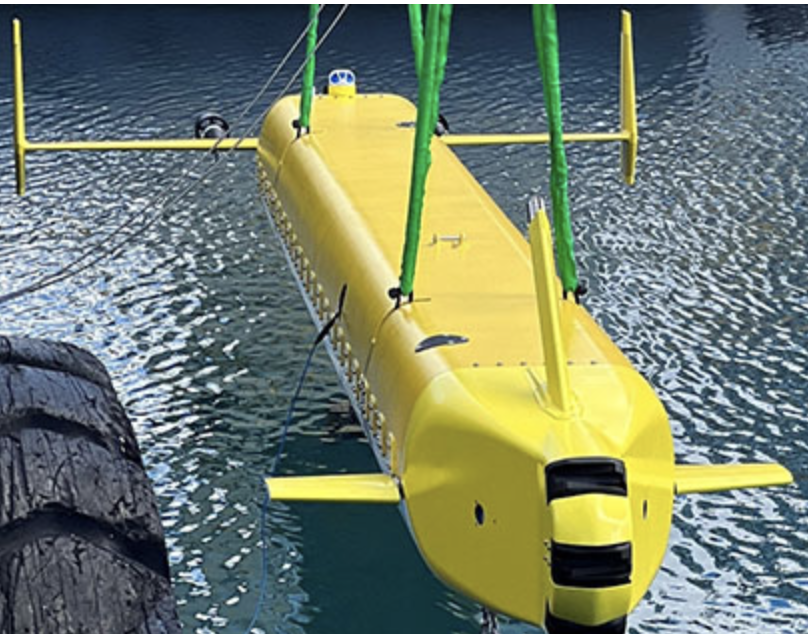Application: uFldNodeComms

Brief Synopsis:
Shoreside MOOS App for conditionally sending messages between vehicles.
Authors:
- Michael Benjamin
Groups:
Dependencies:
Distribution:
- moos-ivp.org
Documentation:
Contact Email:
- mikerb@mit.edu
Function:
The uFldNodeComms application is a tool for handling node reports and messages between vehicles. Rather than directly sending node reports and messages between vehicles, uFldNodeComms acts as an intermediary to conditionally pass a report or message on to another vehicle, where conditions may be the inter-vehicle range or other criteria. The assumption is that uFldNodeComms is running on a topside or shoreside computer, and receiving information about the present physical location of deployed vehicles through node reports. In short, uFldNodeComms subscribes for incoming node reports for any number of vehicles, and keeps the latest node report for each vehicle. On each iteration, for a each vehicle, if the node report has been updated, the report is published to a specially created MOOS variable for the other n-1 vehicles. A user-configured criteria is applied before publishing the new information. Typically this criteria involves the range between vehicles, but the criteria may be further involved. Often uFldNodeComms is run purely in simulation, but is is often used in 2.680 with surface vehicles on the water, to simulate the bandwidth and range communication challenges found underwater and in mission with greater disances between vehicles.
Lines of Code:
- 1,019 (with libraries: 42,363)
Files of Code:
- 5 (with libraries: 360)
Work Years:
- 0.2 (with libraries: 9.61)
